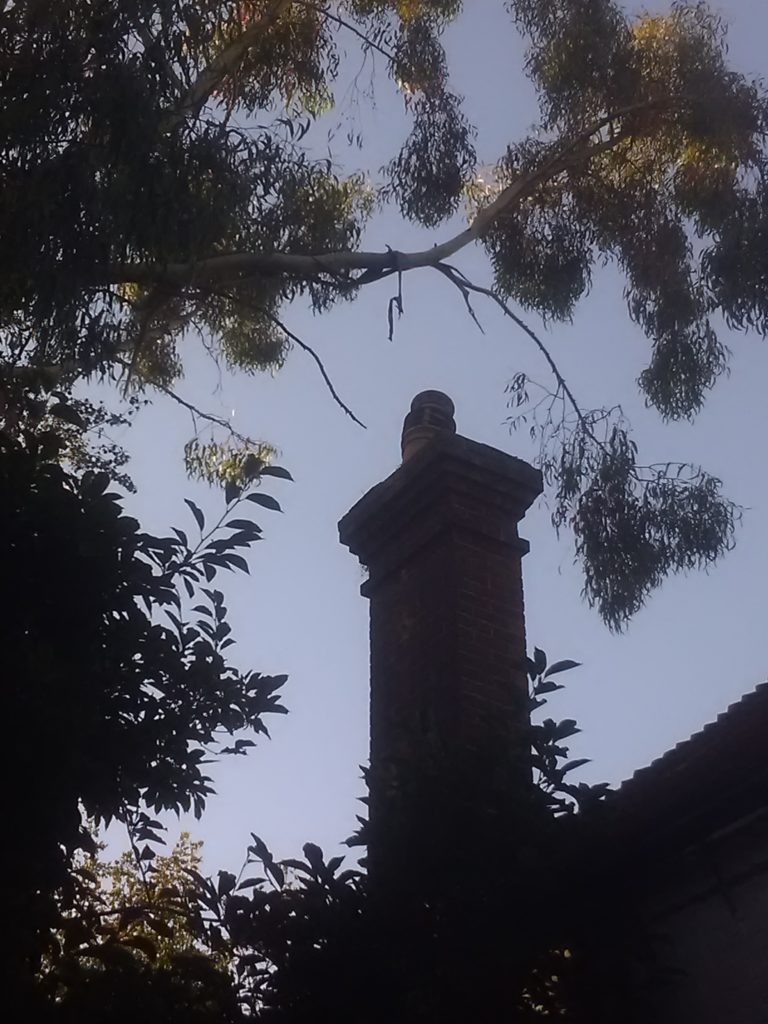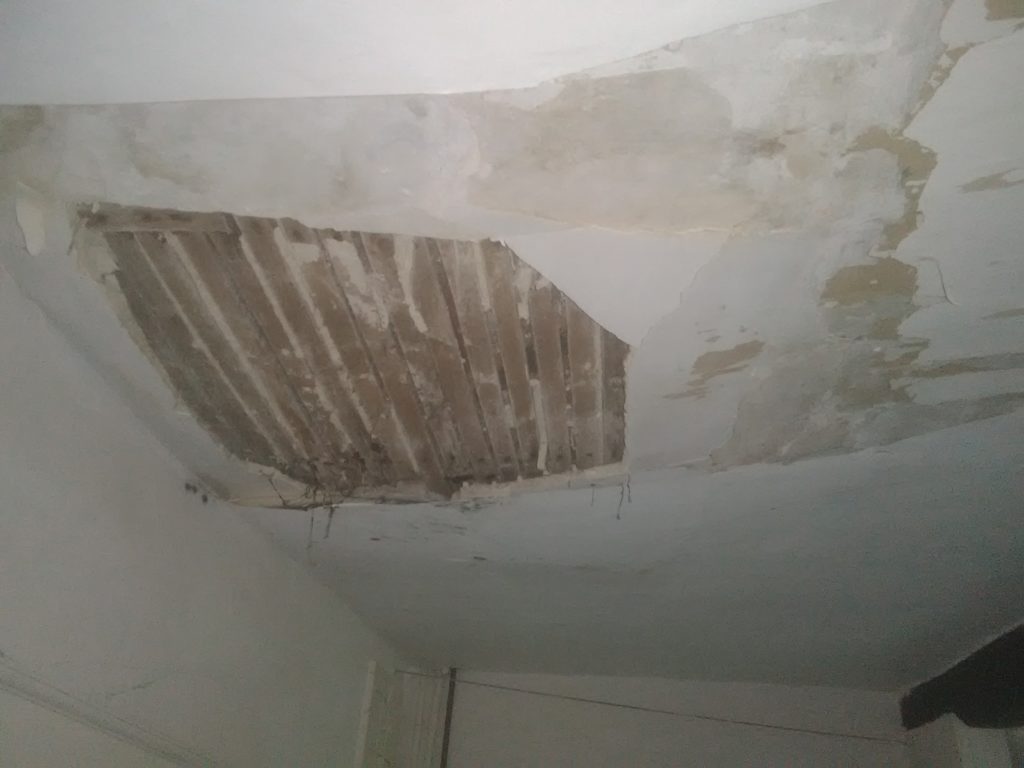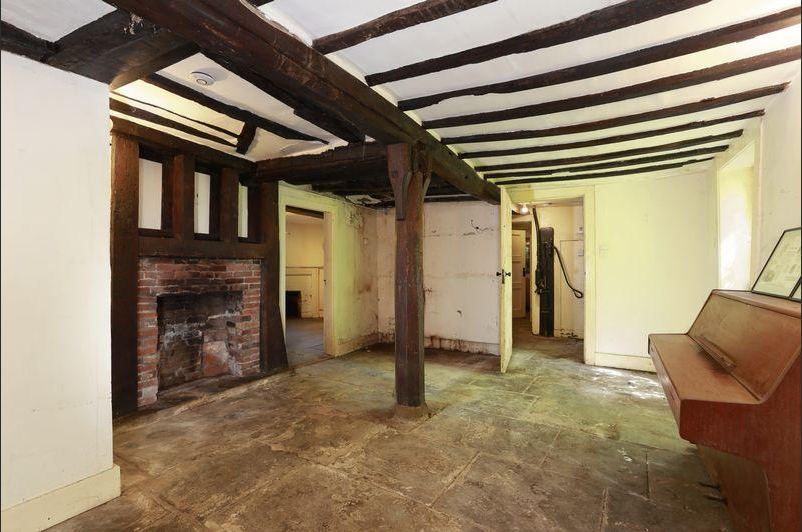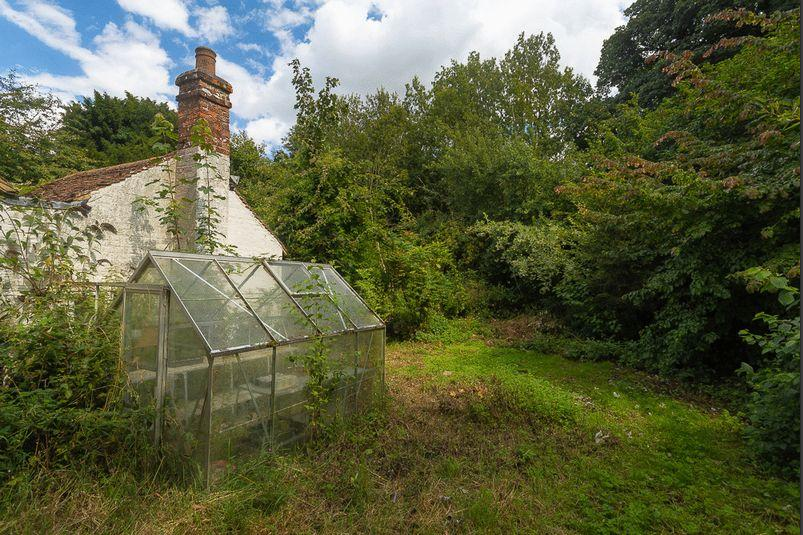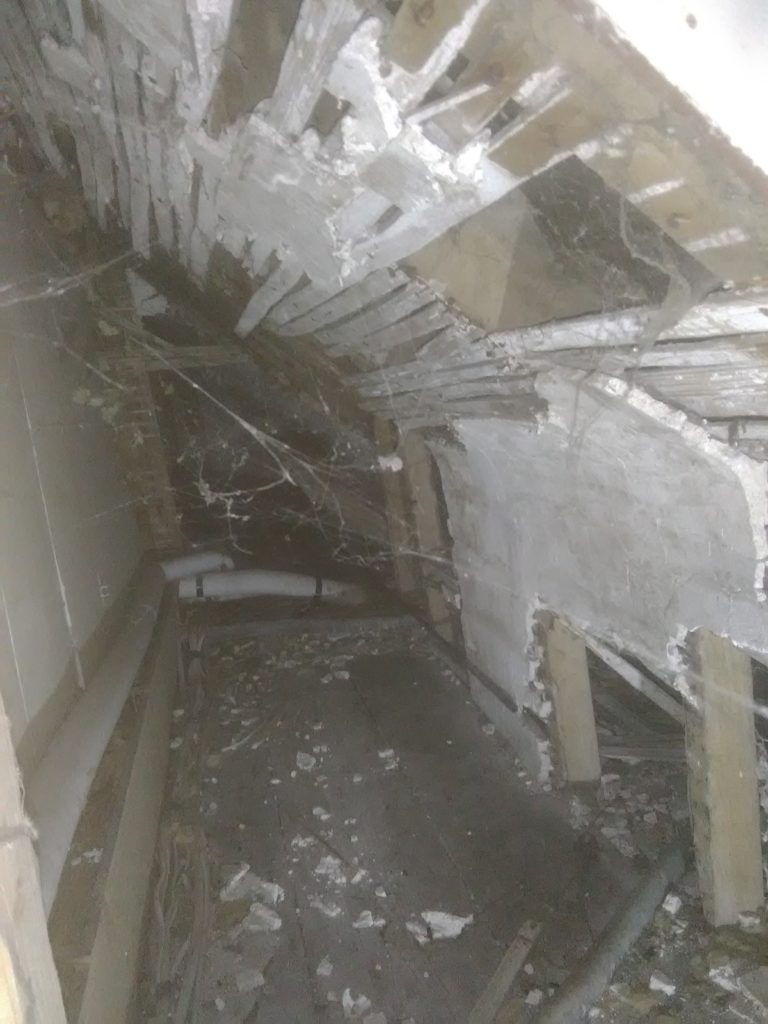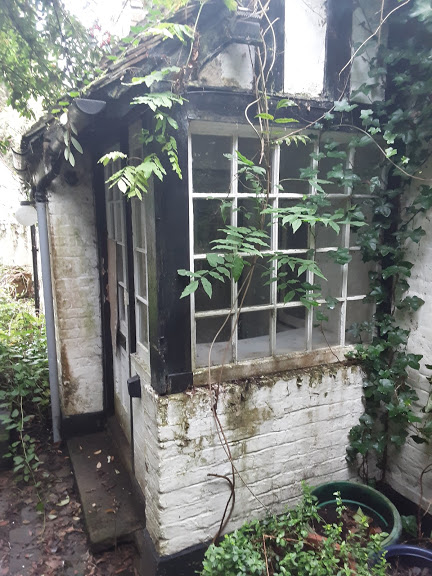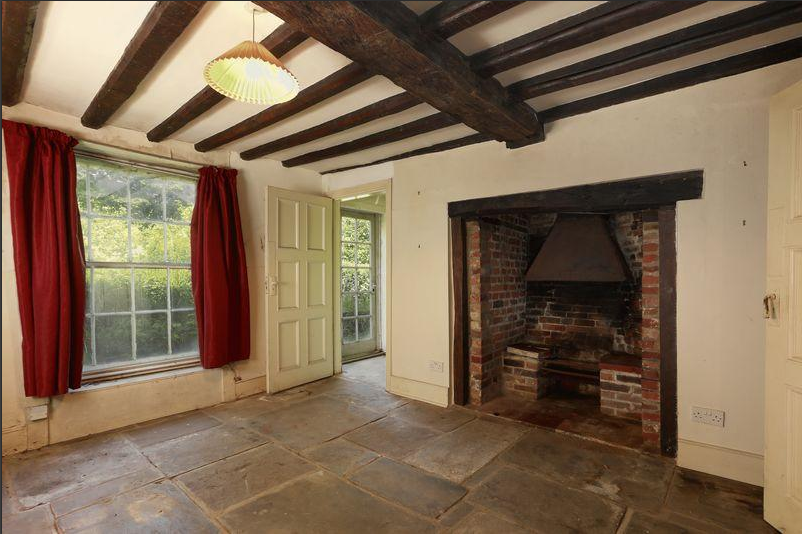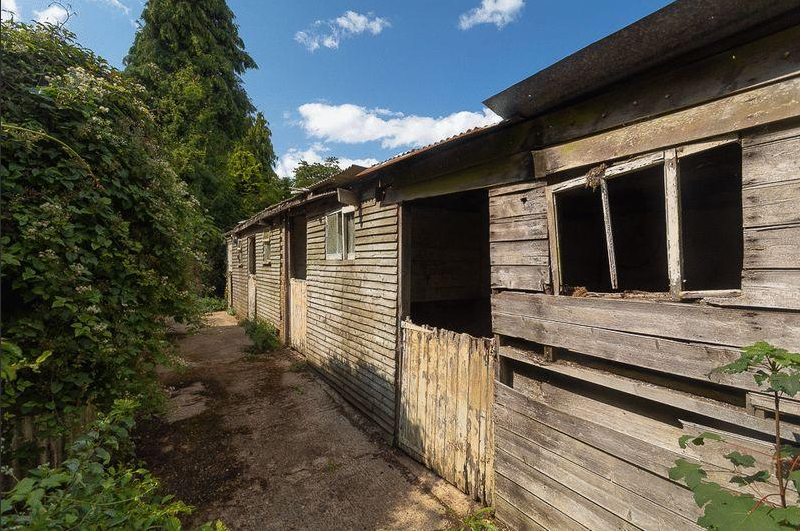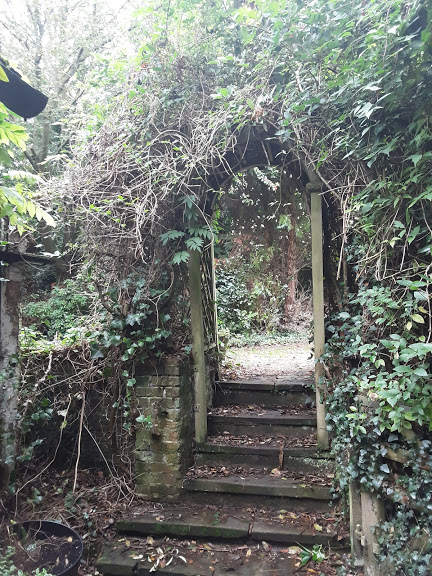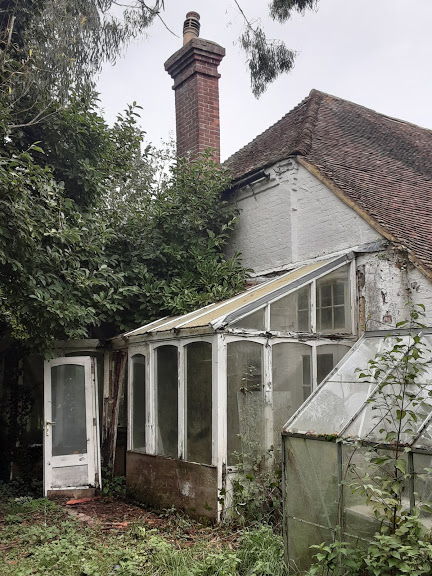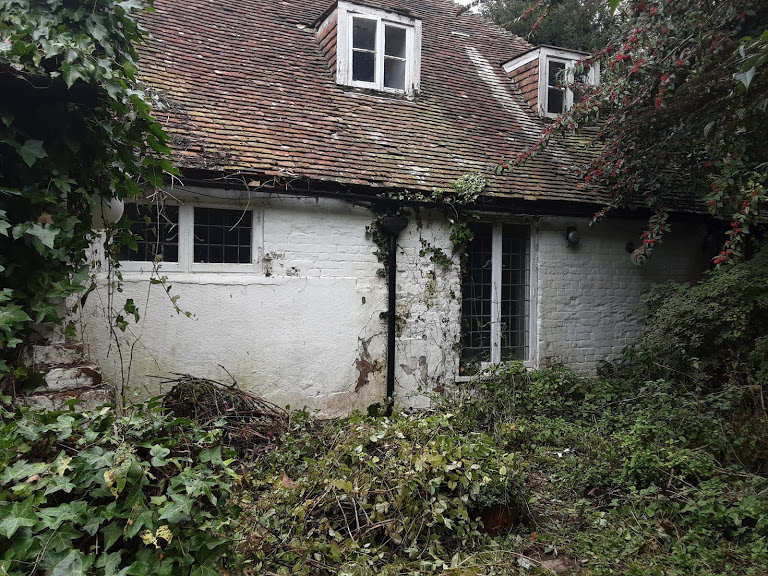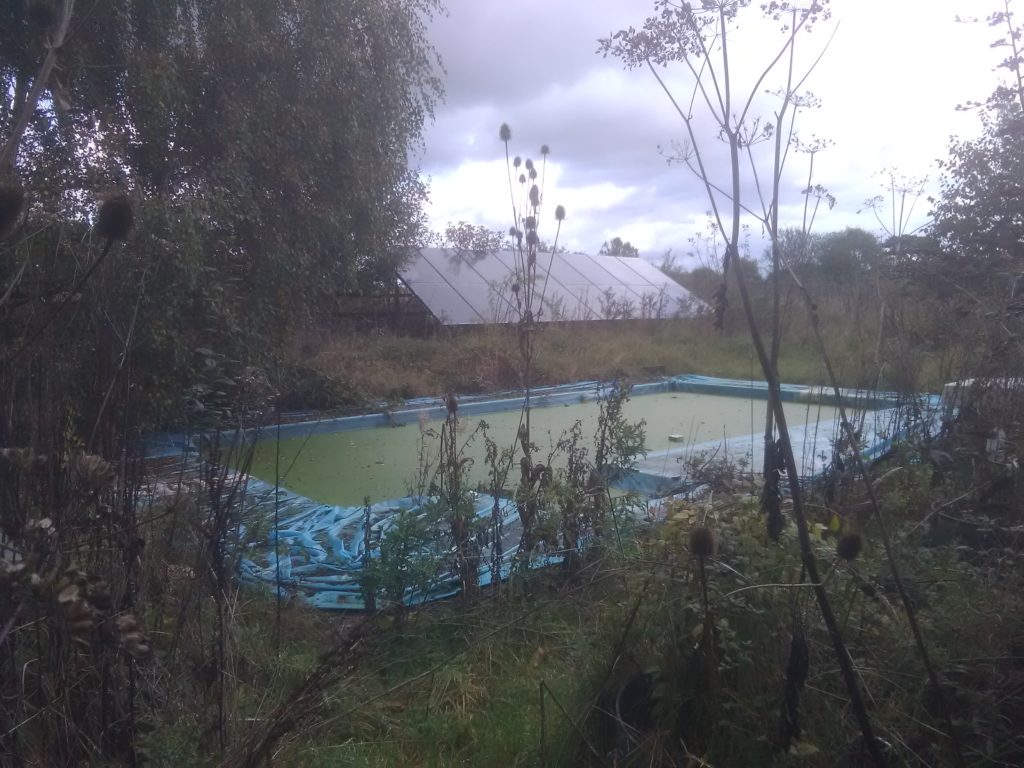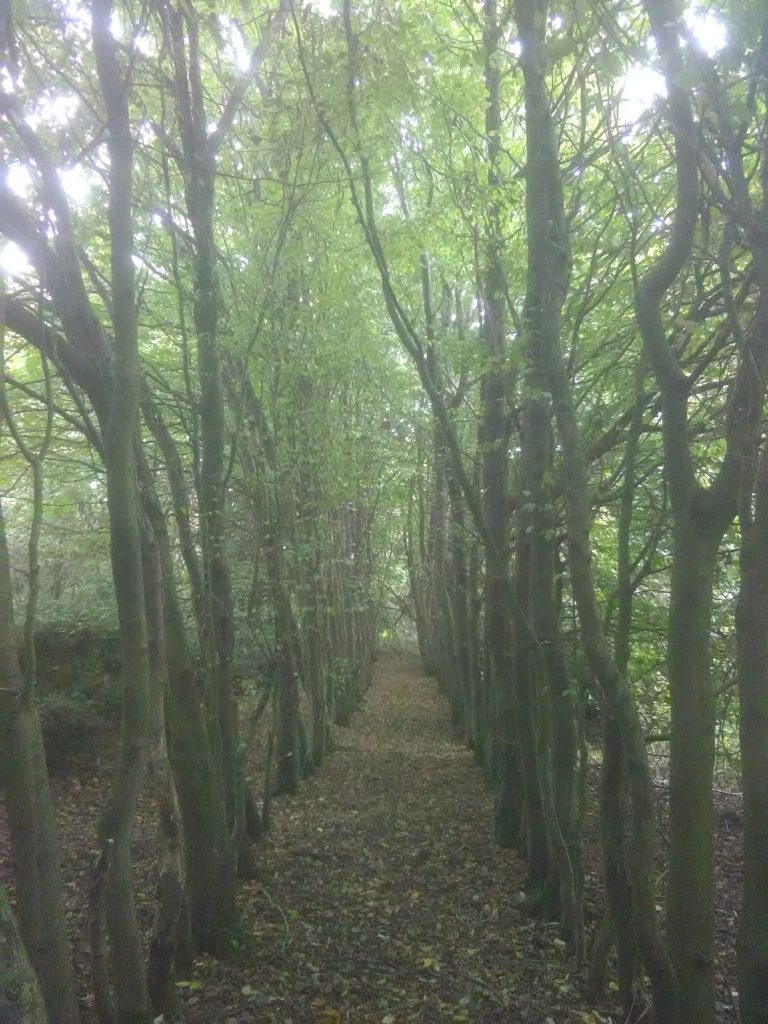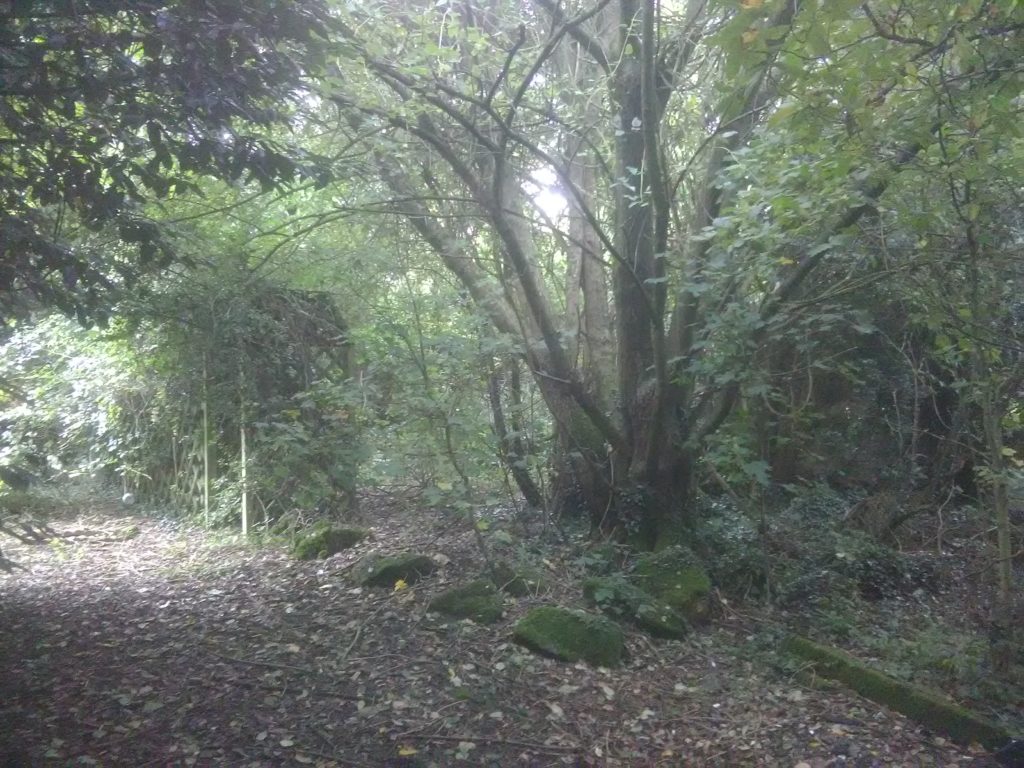In the TPL blog we have over the years felt free to bring you all things property related, from comments on topical subjects, to an insight into some of our projects. Here we are introducing something new which we hope will become a regular feature.
Saving Elinlegh is the personal blog of TPL Director and Co-Founder, Richard Poynter charting his and his family’s journey as they ‘go native’ and take on the monumental project of renovating and restoring a dilapidated Grade 2 listed country house and grounds set in the heart of Kent’s beautiful North Downs Area of Outstanding Natural Beauty.
The aim of this feature is a warts and all look at life at the coal face of hard core property renovation – without a safety net! There are likely to be some surprises along the way; some big wins and epic failures, as Richard and his family apply all their combined knowledge, energy and enthusiasm to bring this once beautiful building back from the brink!
In this opening installment Richard introduces the property, some of the challenges of the project and shares his initial thoughts.
Saving Elinlegh
Saving Elinlegh – The Start of Our Journey.
The question ‘why are we doing this?’ comes up in discussion at home often these days. Having gone from knowing – roughly – what we are doing and where we are going on a daily basis, into totally uncharted territory, is a little unsettling at times. It’s about to become much more unsettling.
Hello, I’m Richard Poynter and this is the story of our love affair with Elinlegh.
I have always advised new property investors not to become emotional about property. As a rule I have never been overly emotional about property myself. I am passionate about my property businesses – yes – and I enjoy a project and securing a deal, but I am not emotional about it. It is my job. I can safely say that I am breaking that rule with this one.
You see, Saving Elinlegh is not a commercial enterprise. It’s not about making a profit and it isn’t a business project. My wife and I are taking on this project to make – hopefully – a wonderful family home.
So why now and why this property?
Things started at the end of August and snowballed quickly. Like many things it was a spur of the moment decision. The stars aligned (slightly) to help us.We saw an opportunity and went for it. Sometimes a bit of naivety is good.
Elinlegh Court is a Grade 2 listed country house – formerly a farmhouse – sitting in 7.25 acres of grounds, woodland and ‘paddocks’ (more about that later). Formerly a fruit farm, the house itself seems to date from the late Medieval period with later Restoration period and early Georgian additions (late 17th – early 18th century) and further additions running up to the mid 19th century. The main body of the house was once a medieval hall house, which then had a first floor and fireplaces inserted as was the tradition of property development projects 300-400 years ago; with Georgian brick frontage and ‘catslide’ roof added as the original building was extended and re-modelled. Evidence of the medieval beginnings of the property are still visible at it’s center in the rather grandly titled ‘dining hall’ where the older timbers and evidence of the original stairway can be found.
This is not my historic property expertise talking: we were fortunate enough to find online a video detailing some of the history.
The property was described by the agents as ‘dilapidated’ – a word used carefully and rarely as it tends not to add value (at least not for larger buildings). A few people had viewed it over the year or so it had been on the market and for one reason or another had rejected it. Then we came along.
It is clear that the property was once loved. On our first viewing we found – on a rubbish heap – an ariel photo that must have been taken during it’s heyday, perhaps shortly before it was last sold in 1993. It was at this point that I experienced my first twinge of emotion and realised that we had to save this property. Andrea actually went back and scanned a copy of photo, and once our offer was accepted – when we revisited the site to find out how much of a mistake we were making – we were relieved to find that someone had placed the original photo and frame by the back door rather than take it to the tip – they obviously realised the significance too!
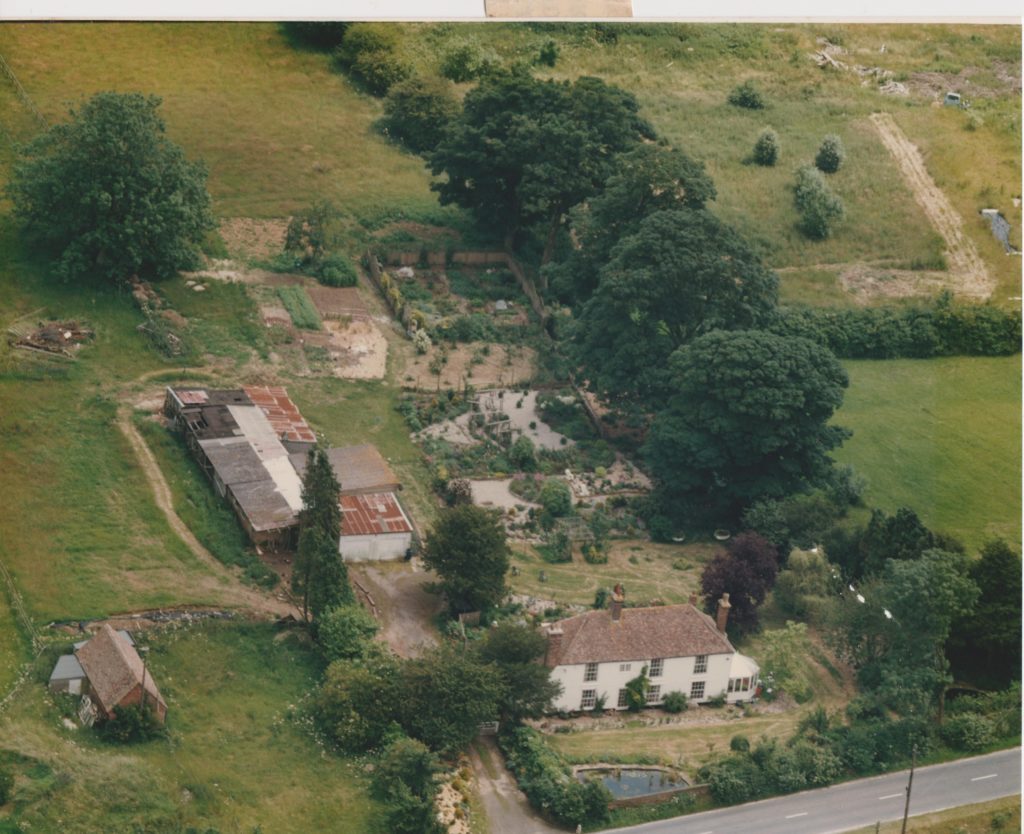
It’s fair to say that since this photo was taken – which we think is late 80s or early 90s; around the time that the property had been recently renovated, the grounds recently landscaped and just prior to when the outbuildings were updated – not much work appears to have been undertaken. Twenty to thirty years of neglect have eventually caught up and nature is close to winning the battle. The landscaped formal gardens have been allowed to be reclaimed by nature, the swimming pool (a later addition), outbuildings and house itself are in a sorry state. The encroachment of trees and vegetation on the property itself have damaged the roof and brickwork, and subsequent water ingress has accelerated the decay. This has only accelerated further since the property was vacated over a year ago.
A very sorry situation indeed!
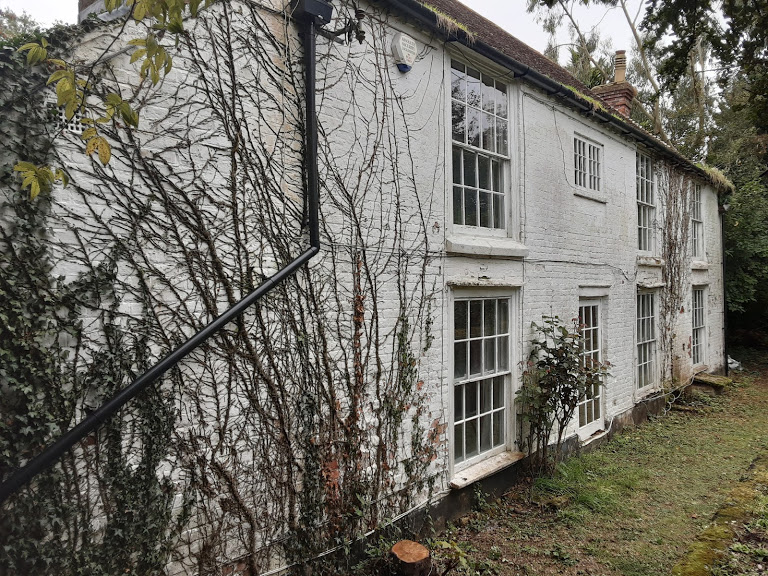
Walking the grounds is to take a step back in recent history: 25 to 30 years back. The paddocks – three in total – are visible with fences largely intact, but hawthorn is encroaching on all sides and is scattered across the otherwise open fields. Pathways through the site to the paddocks, once used by vehicles and horses, have now been reclaimed by trees with trunks 25cm in diameter. The swimming pool – which would have been magnificent – is now just green slime surrounded by giant hogweed and teasels: but it does at least hold water! Outbuildings and stables have seen better days and are functional at best. but the strangest experience is to take a walk through what was once formal landscaped gardens and is now……..just woodland. But woodland with a difference. Familiar garden structures loom out of the darkness: a pergola here, an arbour there. Raised beds can be found on the woodland floor. There are also pathways of white marble chippings totally out of place amongst the otherwise traditional woodland scene. The layout matches the ariel photo. On closer inspection familiar garden plants reveal themselves – but plants which have been left to grow to massive proportions! Many have become trees. We think that this ‘new’ woodland has actually protected the garden structures underneath, which would have otherwise suffered with exposure to the elements. Admittedly having a tree fall on them in one or two places hasn’t helped but that’s the theory anyway!
So we find ourselves on the eve of Day 1; we will soon own the property – what is the plan? The plan is simple: to save Elinlegh from dereliction; to light the fires and make this once grand country home truly grand again. If bits fall off along the way we will stick them back on (laymans terms).
I intend to update you on our journey, to show you what we are doing and how things are progressing, to share with you our little victories and massive errors (hopefully not too many of the latter). Some things we know how to do but a lot we don’t, but that doesn’t matter. We are calling in the power team when necessary but the really hard work is going to be done with our own hands and hearts. This is a gloves off battle with the forces of nature that are trying to reclaim this wonderful building and it is a battle we do not intend to lose.
In practical terms the first part of the strategy is to ‘create a perimeter’. The grounds are lost for the moment; first of all we focus on the house and push back everything that is trying to get in it, or is already in and flourishing! How we get on with that is the subject of my next installment of ‘Saving Elinlegh’. #savingelinlegh
FREE 'Common Property Investing Mistakes' guide.
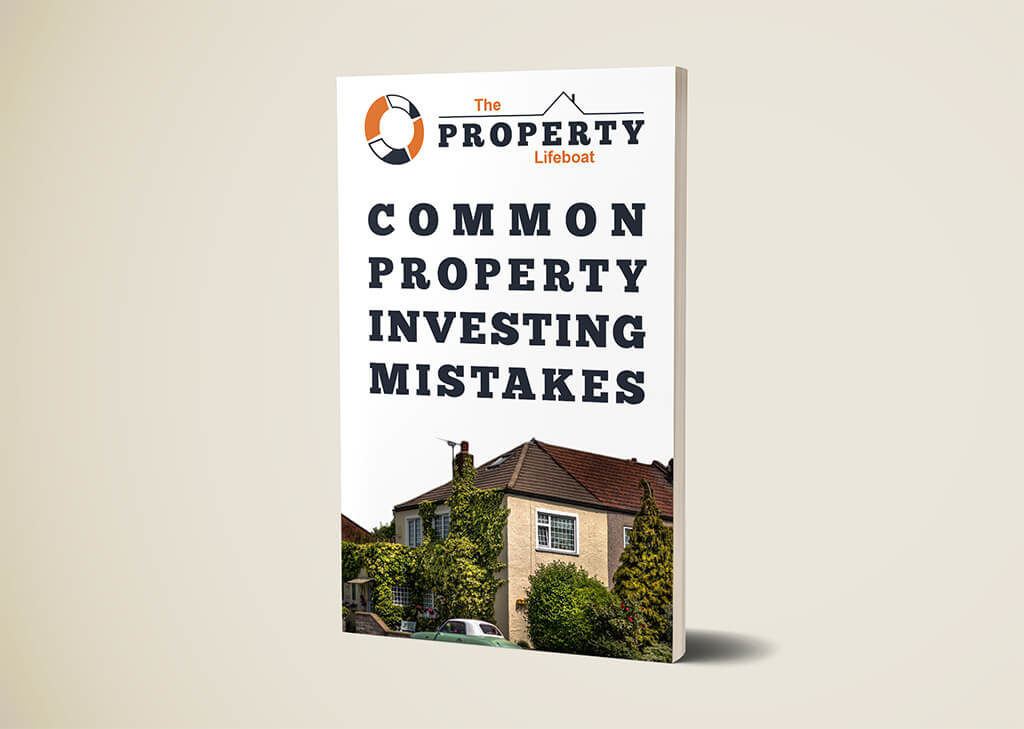
We have created a free guide to help you get going on your property investment journey. This invaluable guide includes the most common property investing mistakes. The guide is completely FREE and you can claim your free guide by clicking here.


